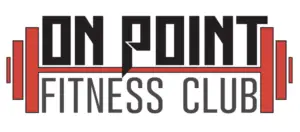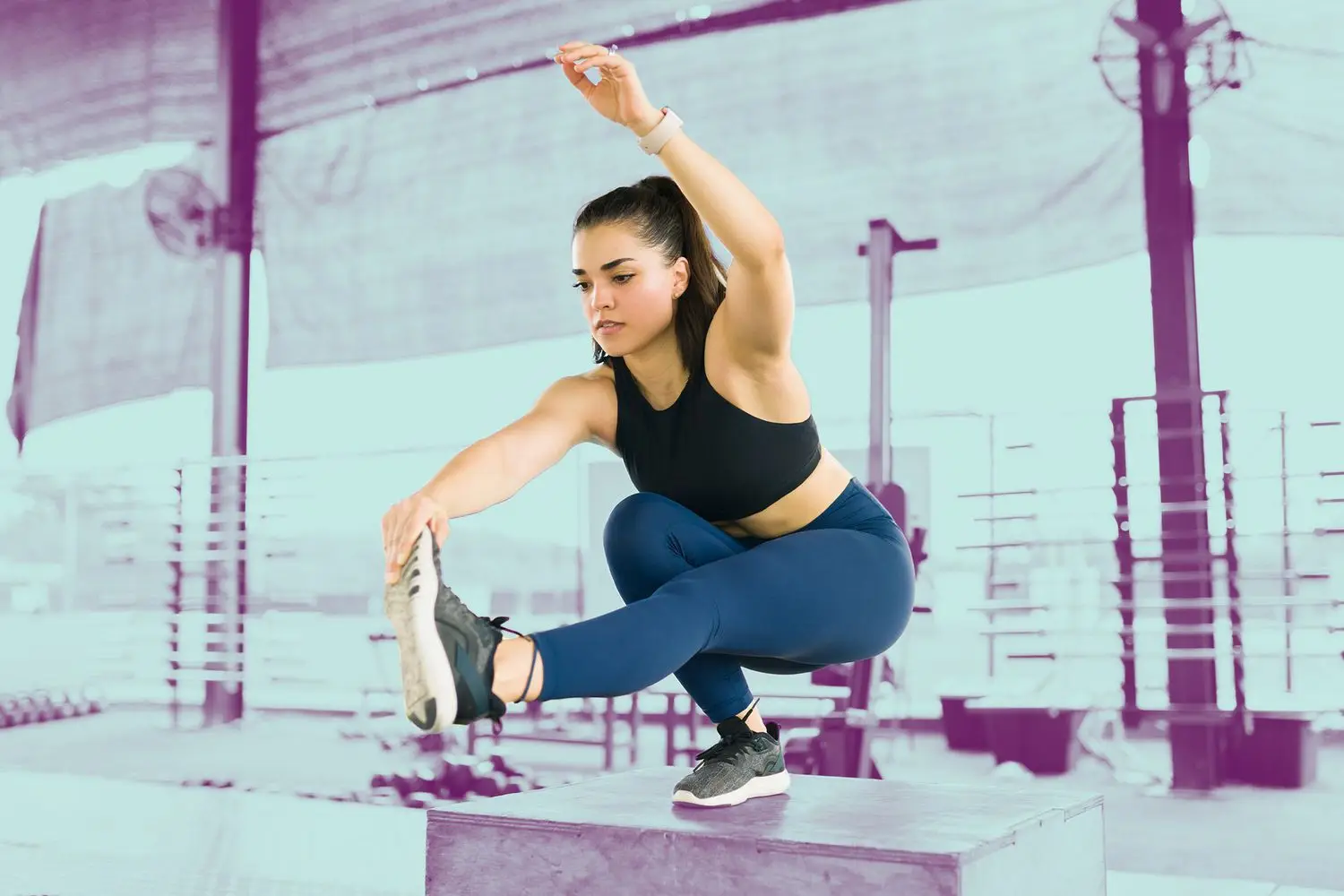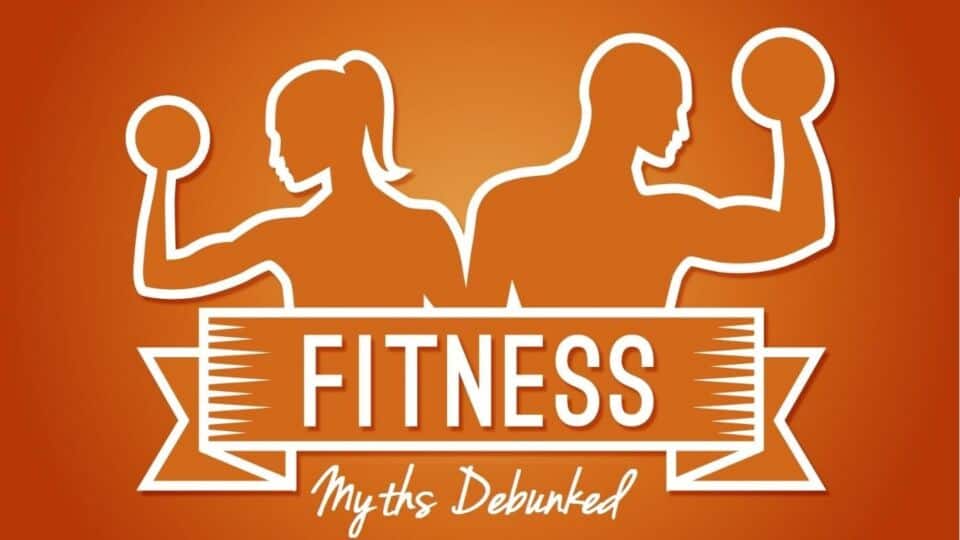We feature a lot of unilateral aka single sided exercises in our training programs. Unilateral training provides a unique number of variations that address everything from injury rehab, to power training and dynamic movements such as sprinting, depending on how you apply the principles. Let’s take a deeper look into the many benefits of training unilateral patterns.
Lower your risk for injury and be able to train while injured
Unilateral exercises offer a unique dual benefit of both injury prevention and recovery. Incorporating single-leg squats into a sports performance regimen can effectively strengthen knee tendons and ligaments, enhancing the connection between the foot and hip to mitigate risks of ACL tears and ankle sprains. But during the heat of battle, injuries can occur and cause setbacks. Here is the advantage: Even if I sustain an ankle injury during a game, I don’t necessarily have to eliminate single-leg squats from my routine. Instead, I can adapt the exercise’s focus. I can continue training my uninjured leg to full capacity, while on the injured side, I can focus on controlled isometrics to initiate the repair process gradually. Research indicates that exercising the unaffected limb in the presence of inflammation in the other can significantly expedite recovery. Furthermore, unilateral exercises promote balanced strength from side to side and help create comprehensive movement patterns.
Uncover the Sneaky Core Stabilizers
Do a one-arm chest press on a stability ball with half your body weight and tell me that’s not the best core workout. Single sided training has an uncanny ability to activate the oblique and pelvic floor muscles, so if you’re in search of that 6-pack, unilateral training is an essential in your program.
Improve your strength and power gains
Nearly all athletic movements are done unilaterally. Whether you’re on the track, court, or field, chances are you’re sliding, running, or catching with a staggered stance or relying on a single foot. Consequently, both traditional sport athletes and strength and power athletes can use unilateral training as part of their program to bulletproof their bodies and practice how they play.
Unilateral movements are inevitable in our daily lives, so it only makes sense that we spend plenty of time training these types of movements in the gym!
Yours in strength,
Nick and Tom






